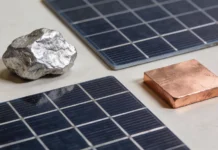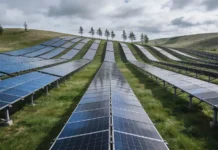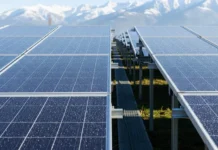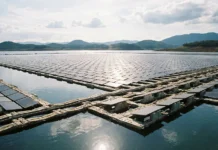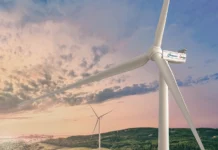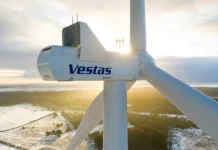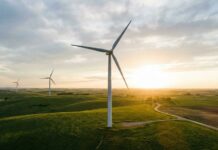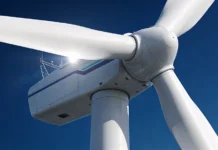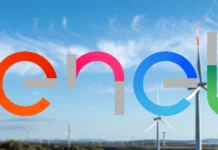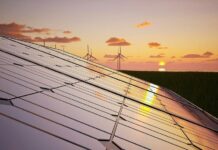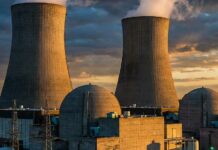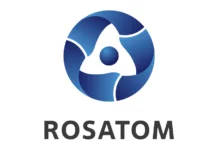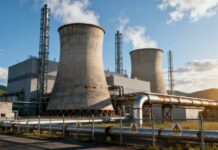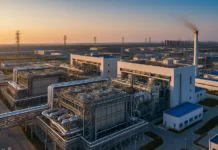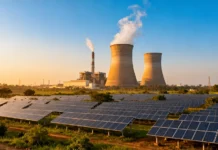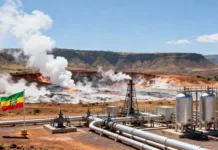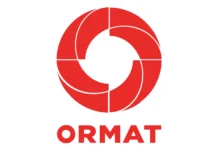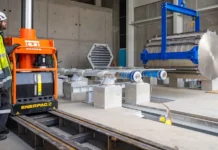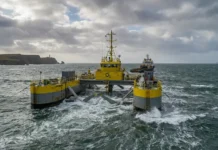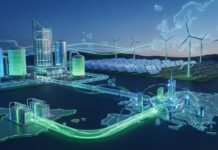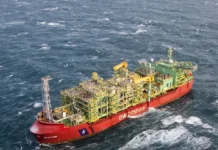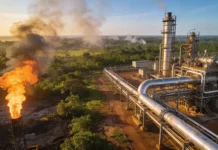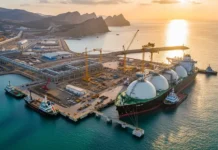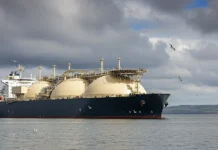The H combined cycle system will be the first power plant to achieve 60% efficiency and will operate at the high temperature of 1,430┬░C.Manufactured at GE Energy’s Greenville South Carolina facility, the first 9H was shipped to Japan in June 2006, and was installed in October 2006. The first unit started operations in 2008 and provides power to 170,000 houses. The second unit became operational in 2009 and the third is expected to start in 2010.
The agreement to extend the plant was announced in 2001 by Tokyo Electric Power Company (TEPCO), one of the largest power producing utilities in the world. The new H system gas turbines represent what TEPCO refers to as a More Advanced Combined Cycle (MACC) power generation. The project aims to reduce approximately 87,000 metric tons of greenhouse gases every year. It is a part of the Japanese goal to reduce emissions up to 20% by the end of 2012.
Current CCGT plants at Futtsu
“GE brought the first unit in operation in 2008, joined by the other two H systems by 2010.”
The operating results of TEPCO’s first three CCGT plants at Futtsu were an important element in the decision to build the fourth CCGT plant.
Units One and Two at Tokyo Bay use 14,165MW combined cycle units based on GE’s 9E gas turbines, and produce 2,000MW.
Futtsu Three is a 1,520MW plant. The new station, Futtsu Four, will be another 1,520MW station using GE’s advanced H system.
In January 1998, Units Seven and Eight began production. With 2,800MW output, the plants comprised eight 350MW single shaft power train units. The stages consist of one gas turbine of 225MW, a single reheat steam turbine of 125MW and a 3,000rpm hydrogen cooled generator arranged on a single shaft.
Yokohama project details
The 1998 Yokohama project was at the time TEPCO’s largest commitment to gas-fired CCGT technology, although Futtsu Four will exceed that. With thermal efficiency of 54% and low emissions, the 2,800MW plant represented an effective response to fuel and environmental concerns. Yokohama units Seven and Eight are located next to unit Six, a 1,225MW simple-cycle LNG- or oil-fired plant completed in the 1960s.
The CCGT addition took total capacity at the site to 4,025MW at the time, making it the fourth-largest conventional thermal operation in Japan. At an estimated cost of $1.5bn or higher, it was also far cheaper than the utility’s nuclear projects. Construction began in 1993. Unit Seven began commercial operation in 1996 with two power trains on-line. A further four power trains started up in 1997 and the last two came on line in 1998. The entire plant was completed early in 1999.
Results from Units Seven and Eight show significant improvements from the earlier Futtsu plant. Thermal efficiency was increased from 48.5% to 54% in the plant, which performs better on load change and also on hot start-up. In addition, the plant achieved NOx concentrations better than 5ppm (dry/16% O2) at the stack exit at rated load. Another GE combined cycle plant is now in operation for TEPCO at Chiba.
Heavy duty 109FA gas turbine
The heavy duty 109FA gas turbine design was selected for the project. Combustion temperature has been raised to 1,280┬░C from 1,080┬░C in the series E gas turbines used on the earlier Futtsu plant. This has been achieved by advances in materials and cooling system technology.
The improved type of combined-cycle system has a power-generating efficiency of 49%, about 5% better than a facility with a conventional turbine, and carbon dioxide emissions are about 8% lower. Nitrogen oxide (NOx) emissions tend to rise with higher efficiency and so a low NOx combustion chamber and a de-NOx device (a selective catalytic reduction system) were installed to control these. Construction methods were also improved to cut costs and reduce completion time. The main equipment was assembled off-site, and materials procurement procedures were streamlined to reduce late deliveries.
Contractors
GE won the Yokohama order, which was worth around $1bn. GE’s Japanese ally Toshiba was involved as a subcontractor. Toshiba designed and supplied heat recovery steam generator equipment. Toshiba have since won a significant number of new plant orders from GE. The 125MW steam turbine and heat recovery steam generator operate with a three-pressure reheat cycle. The steam turbines are of a two-casing, tandem compound, opposed flow, single reheat design.
Tokyo Electric Power has developed its own computer software for systems control. The goal is to reduce control systems costs by ┬ź500m for hardware and ┬ź2bn for software. The Yokohama plant was the first installation site for the new in-house developed control software.
“Energy efficiency has been increased to 53% by raising the temperature at the turbine intake to 1,450┬░C.”
Tokyo Electric has introduced a newer type of combined-cycle system developed by Mitsubishi Heavy Industries Ltd to achieve even greater efficiency. Energy efficiency has been increased to 53% by raising the temperature at the turbine intake to 1,450┬░C. This was achieved using a more heat-resistant material for the turbine fins and cooling the inside of the turbine with water vapour.
Fuel for the new plant is supplied from a LNG terminal 7km north of Yokohama and is delivered via an underwater pipeline. Each power train burns about 45t/hr of gas.
Japanese power sector
As of 2009, TEPCO supplied electricity to 43.9 million customers in Tokyo, Yokohama and the Kanto region. TEPCO has a generating capacity of around 60GW, produced by fossil fuel, nuclear and hydroelectric power. The company holds stakes in power plants in China, India and Southeast Asia and also has interests in electrical engineering and telecommunications.
┬Ā


